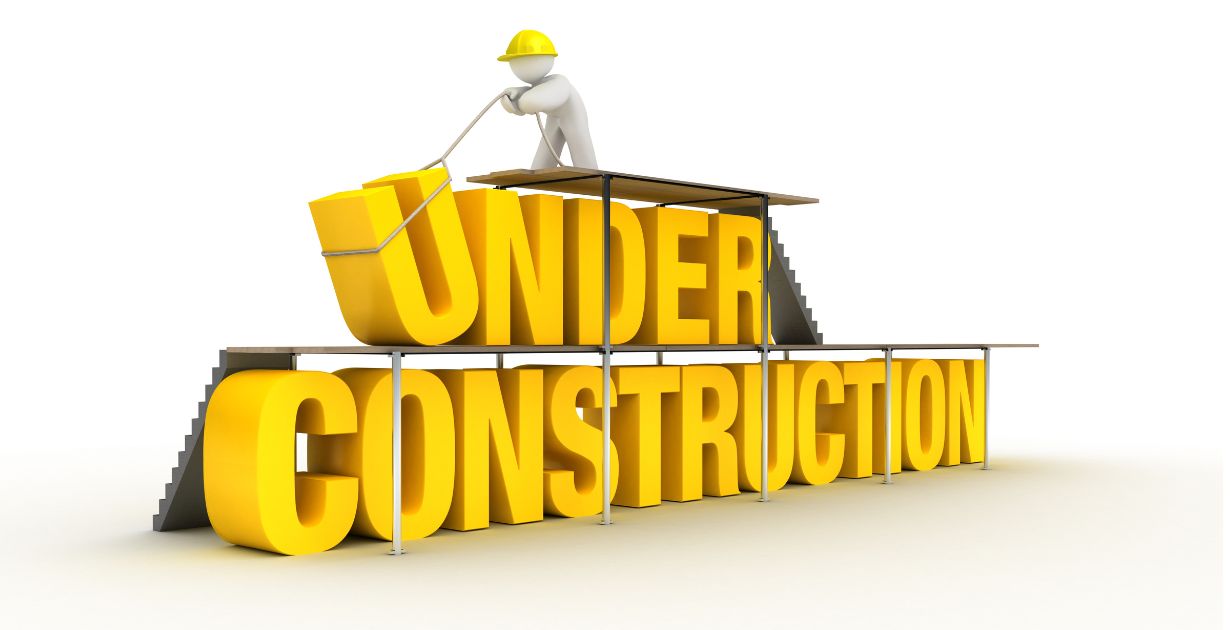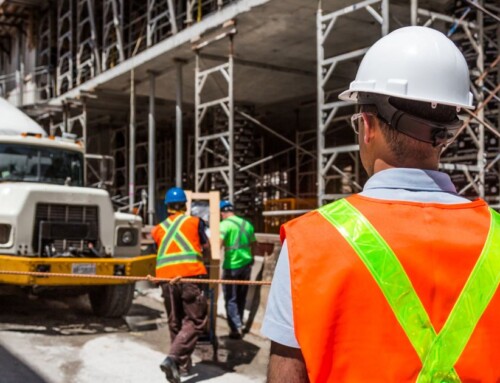Construction Staffing Agency: A Practical Guide for Hiring Managers in 2025
The construction market is hot, but the labor shortage is hotter. New work keeps landing—public infrastructure, renewables, commercial, housing—yet the construction workforce isn’t keeping pace. If you’re a hiring manager, you feel it as project delays, overtime, and offers that get outbid at the last minute. In this climate, a Construction Staffing Agency isn’t a luxury; it’s a lever for speed, quality, and risk control.

What Is a Construction Staffing Agency?
A Construction Staffing Agency specializes in recruiting, screening, and deploying skilled construction workers and leaders for active construction projects. Unlike generalist recruiters, construction-first teams understand trade certifications, OSHA expectations, build-phase staffing, and the practical differences between residential, commercial, civil, and industrial work. They curate pipelines for project managers, superintendents, estimators, schedulers, safety pros, and field crews (carpenters, electricians, plumbers, HVAC, heavy equipment operators)—so you’re not starting your search at zero every time a role opens.
Why a Construction Staffing Agency Matters in 2025
Demand outstrips supply across most trades. According to the U.S. Bureau of Labor Statistics, the industry continues to post more openings than available workers. That imbalance fuels wage pressure and churn. Specialized agencies counter it with warmed pipelines, market intel, and an agile recruitment process—shrinking time-to-hire from months to weeks and helping you avoid costly slip-ups on the critical path.
How Agencies Streamline the Hiring Process
- Role intake & scope: Clarify the build phase, deliverables, software (Procore, P6), travel, pay band, and start date.
- Targeted sourcing: Tap national networks of skilled labor, alumni crews, vetted referrals, and passive candidates instead of relying on cold job ads.
- Trade-aware screening: Skills checks, reference calls, and license verification reduce mismatches and first-year turnover.
- Shortlist & interviews: You see the right three to five people—not thirty resumes. Notes include project types, safety record, mobility, and availability.
- Placement & ramp: Start dates set, paperwork handled, expectations aligned. Agencies keep tabs after day one to ensure performance sticks.
Because compliance is non-negotiable, reputable partners verify OSHA training and state licensing before anyone steps on site. (Employer resources: OSHA.gov.)
Benefits You Can Measure on Real Jobs
- Speed: Fill urgent gaps in 1–2 weeks instead of 8–24. Every vacancy day avoided protects your schedule and GC/owner relationships.
- Quality of hire: Role-specific vetting improves productivity and reduces rework—especially on specialty scopes.
- Cost control: Fewer vacancy days and less overtime beat fee line items—especially on liquidated-damages work.
- Flexibility: Temp-to-hire lets you prove fit in the field before converting to payroll.
- Coverage: Regional and national reach helps you find skilled workers beyond your zip code.
- Safety & compliance: Documented training and licensing lowers risk exposure and audit friction.
Where a Staffing Partner Has the Biggest Impact
Agencies add the most value when speed and specialization collide:
- Infrastructure & public works: civil PMs, inspectors, and licensed operators who understand public documentation and QA.
- Residential growth markets: Texas, Florida, Arizona—high-volume framing, MEP trades, and finishing crews.
- Commercial & mixed-use: scalable trades across core/shell, MEP, and finishes with tight TI timelines.
- Renewables & storage: electricians and installers with strong safety culture for solar, wind, and battery facilities.
- Advanced manufacturing: cleanroom installers, commissioning pros, and seasoned project managers for chip fabs.
Case Snapshot: Avoiding Project Delays in a Hot Market
A mid-size contractor in Detroit won simultaneous school and road packages—great news, except both needed electricians and operators within 14 days. Their internal ads produced few qualified candidates. An agency delivered a shortlist in 72 hours, verified licenses, and staged start dates around inspections. Both jobs hit their milestones, avoiding liquidated damages and weekend overtime that would’ve erased margin.
Offer Strategy: Win the Candidate, Not Just the Search
In a seller’s market, the best offer wins. Calibrate pay using current data so approvals don’t stall. For benchmarks, download the Construction Salary Survey, plus role-specific resources like Project Manager salary ranges and Estimator skills & salaries. Tighten your cycle—every extra round increases the chance your finalist accepts elsewhere.
How Agencies Strengthen the Construction Workforce
Filling today’s construction jobs is important; building tomorrow’s construction talent is essential. Leading partners fund apprenticeships, partner with trade schools, and run mentorships that pair veterans with emerging craft professionals. Many also emphasize diversity outreach to expand the total talent pool. The result: a steadier pipeline of skilled workers and fewer future bottlenecks for employers.

Technology Elevating the Recruitment Process
Modern staffing isn’t a resume pile—it’s data-driven. Agencies combine ATS data, skills matrices, and project histories to prioritize best-fit matches. Mobile onboarding and digital credentialing cut admin time. Structured interview packets align hiring teams on the must-haves versus nice-to-haves, so the hiring process moves without friction. The payoff: fewer false starts and stronger retention on site.
How to Choose the Right Construction Staffing Partner
- Sector proof: Ask for recent wins that mirror your scopes (civil, healthcare, TI, industrial).
- Screening depth: Trade testing, references, background checks, license verification—documented and repeatable.
- Speed & coverage: Time-to-submit, time-to-start, and multi-market reach.
- Flexible models: Contract, direct-hire, and temp-to-hire with clear conversion terms.
- Safety posture: How they manage OSHA documentation and jobsite readiness. (See OSHA.)
- Reporting: Submittals, interviews, offers, acceptance rate, 90-day retention.
FAQs: Construction Staffing Agencies
What does a construction staffing agency actually do?
It builds a ready bench of pre-vetted professionals—management and craft—and matches them to your roles quickly. That includes skills screening, reference checks, certification verification, and start-date coordination so you focus on the right interviews, not resume sorting.
How fast can roles be filled?
For many positions, 1–2 weeks is realistic (market and scope dependent). Warm pipelines and completed screening compress the recruitment process and prevent project delays.
Is an agency cost-effective versus in-house recruiting?
Yes. Fees are typically offset by fewer vacancy days, lower overtime, reduced rework, and lower first-year turnover—especially on critical path work.
Do agencies handle OSHA and licensing?
Reputable firms verify OSHA training, state licenses, and certifications before placement and keep documentation ready for audits or owner requirements. Employer resources: OSHA.gov.
Can agencies fill specialized roles or only general labor?
They specialize—everything from senior project managers and estimators to renewable energy technicians, cleanroom installers, and commissioning specialists.
Final Takeaway
The labor market will stay competitive, but your schedule doesn’t have to suffer. The right Construction Staffing Agency helps you find skilled workers fast, protect margins, and deliver on promises to owners. If an open seat is slowing a critical path, fix it today—don’t fund it with overtime tomorrow.
Contact The Birmingham Group to discuss a role or download the Construction Salary Survey to calibrate offers before your next hire.
Additional authoritative resource for workforce planning: U.S. Bureau of Labor Statistics — Construction and Extraction Occupations (BLS).






